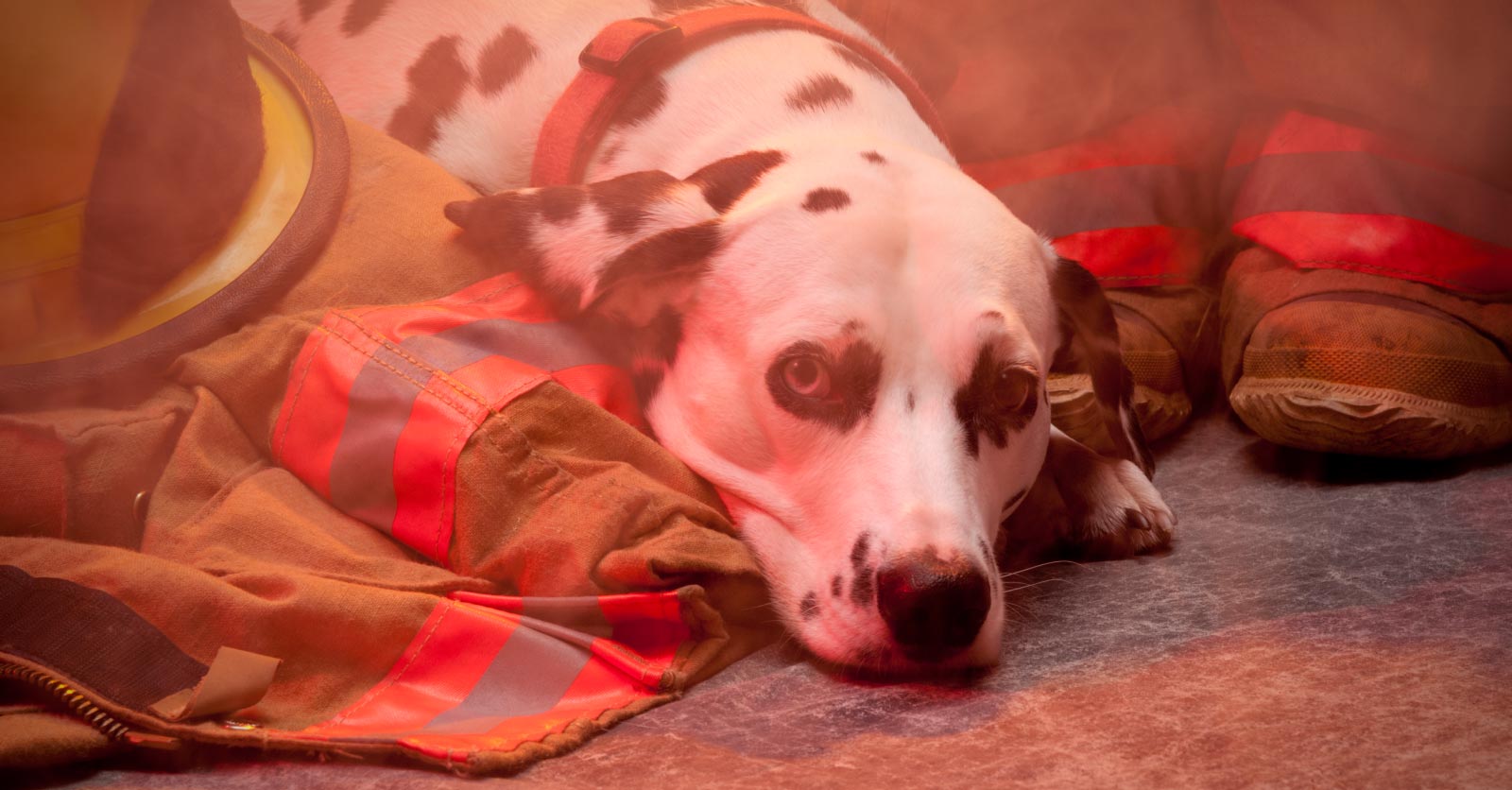Published January 15, 2015


Each week, I meet with my staff both as a group and individually. One of the standing items on the agenda is a request for staff members to share service tips and other tidbits of information that others might find interesting.
Since we are in the fire protection business (in addition to process piping, plumbing and heating), I thought I would share a “Did You Know” story given to me by my Executive Assistant, Sharron Furtado about one of America’s favorite dogs—the Dalmatian.
Dalmatians have become known as firehouse dogs—so much so in books and movies that it’s practically a stereotype. Well, it turns out that Dalmatians actually really do have a strong history in the firehouse because, years ago, they served a very important purpose.
Before the use of fire trucks, horse-drawn carriages were used to haul one of the most effective fire-fighting tools of the 18th century: the steam pumper. The steam pumper was a machine that consisted of a boiler that used steam to force water out of the hoses and onto the fire. The fire brigade’s horse-drawn carriages would be loaded with the machine, the horses would be hitched up, and the vehicle would tear off down the road toward the fire.
When a fire alarm sounded, the Dalmatians would run out of the firehouse, barking to let bystanders know that they should get out of the way because the firefighters’ carriage would soon come roaring by. Once the vehicle was out on the street, the Dalmatians would run beside it. People quickly realized that Dalmatians would run alongside the horses, keeping pace even when sprinting very long distances. The dogs would also defend the horses from other animals that could potentially spook or attack the horses in transit.
According to the Dalmatian Club of America, the English felt that Dalmatians had the “strength, vitality, fortitude and size to keep running along under the carriage for hundreds of miles.”
When the travelers rested for the night, the dogs were also useful for standing guard over the horses and the people’s belongings. English aristocrats soon picked up on the practice of having Dalmatians follow their carriages and the dogs even became something of a symbol of social status—the more Dalmatians that ran alongside your carriage, the wealthier you must be.
Because of the dogs’ strong work ethic and stamina, they were ideal companions. The Dalmatians served other functions as well. Horses fear fire and were often a bit leery of being so close to burning buildings. (Can you blame them?) While the firemen unloaded their equipment and rushed off to put the fire out, their trusty Dalmatians would stay with the carriage, keeping the horses calm and guarding the firemen’s belongings. Plus, once they were back at the firehouse, the Dalmatians were often trained to sniff out and kill rats and other vermin.
When the much more efficient motorized fire trucks were put into use, there were no longer horses for Dalmatians to keep company and no need for them to run ahead of the trucks to alert people that the fire brigade was coming—there were sirens for that now. Their usefulness spent, Dalmatians might have vanished from fire stations altogether. Instead, they turned into fire station mascots, particularly popular when firefighters teach kids about fire safety.
Of course, any dog could be used now, but given the long-standing tradition and service of Dalmatians, it seems likely they will remain the dog of choice at many fire stations for the foreseeable future.